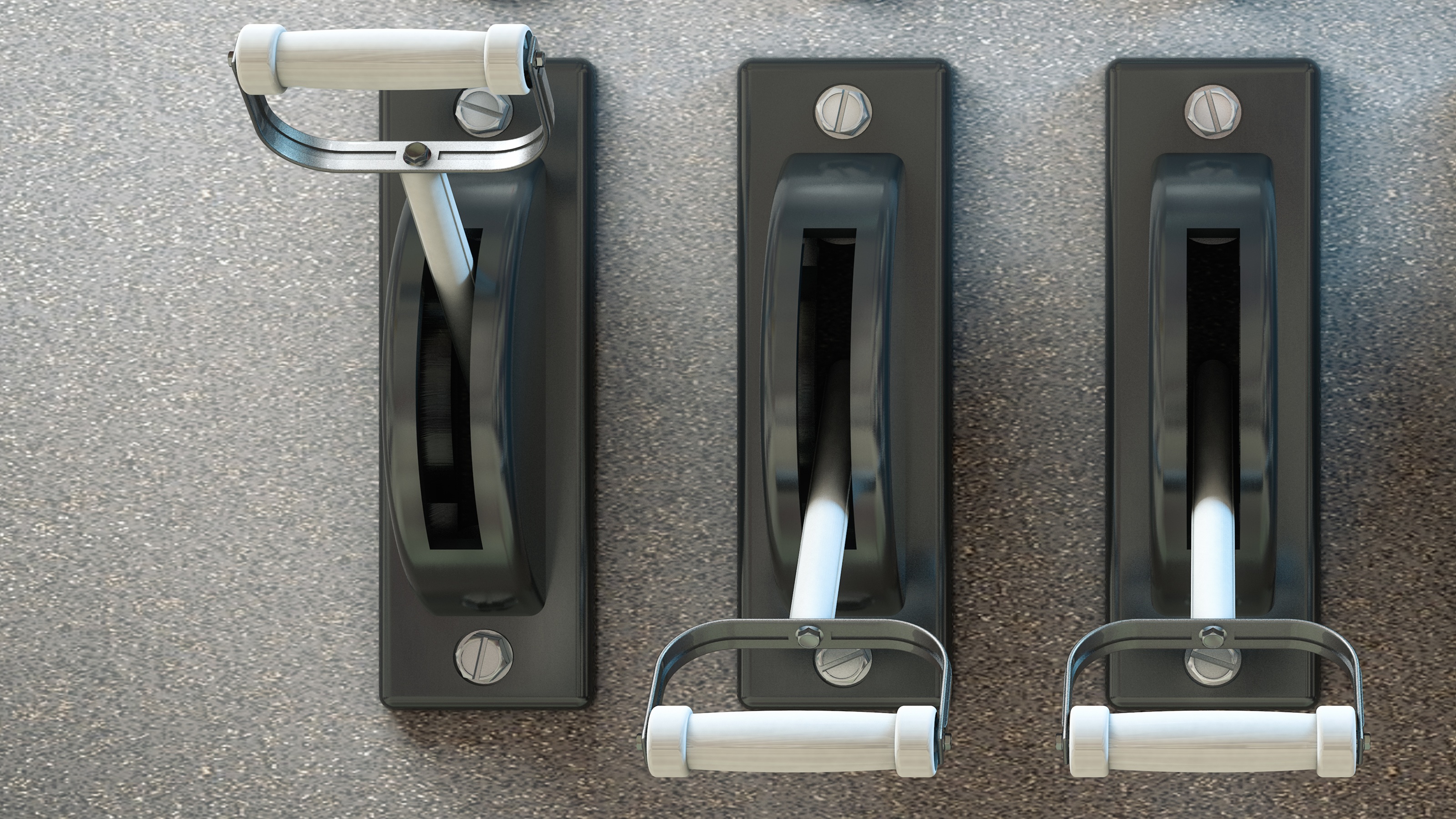What's the Right Asset Allocation for Your Portfolio?
Forget the traditional measurements and general rules of thumb. The right answer depends on your risk tolerance, time horizon and other factors specific to your situation.

Q: I'm wondering if I'm thinking correctly about my asset allocation with my investments. I'm 57 years old and plan on retiring in a few years. I have $900,000 in my individual retirement account, which is invested 100% in stocks (including 20% in international stocks), and I have $150,000 in certificates of deposit. I also have a home that's paid for and worth about $750,000. The way I look at it, I have a portfolio that's allocated 50/50. Would you agree?
A: You're looking at your portfolio from a very academic perspective, which may or may not be beneficial.
There are many different ways to approach answering the question of how much of your investments should be allocated to stocks. One rule of thumb states that you should subtract your age from 100 to get the right answer. Using that equation, you should have 43% of your portfolio in stocks and the remainder in other investments (bonds, cash, real estate). Other traditional measures might state that you should have a 60/40 blend or a 50/50 blend.
From just $107.88 $24.99 for Kiplinger Personal Finance
Be a smarter, better informed investor.

Sign up for Kiplinger’s Free Newsletters
Profit and prosper with the best of expert advice on investing, taxes, retirement, personal finance and more - straight to your e-mail.
Profit and prosper with the best of expert advice - straight to your e-mail.
The right portfolio is not the one that fits most neatly into a defined formula. The right portfolio is the one that works for you. The fact is we are all unique. We have different income needs, and we all react differently when our investments go down in value.
In your situation, there are some things you should be considering. First of all, if you want to follow a traditional guideline, you shouldn't include your home in your calculations. Your home won't provide you with any income because you are living in it, so it shouldn't be thought of as a retirement asset (unless you are planning to downsize or get a reverse mortgage). If we exclude your residence from the calculation, your portfolio is nowhere near a 50/50 mix; it's more like an 85/15 allocation. This is a relatively high level of stocks for someone approaching retirement.
Second, you must seriously consider this question: How will you react if the market plunges by 50% over the next couple of years? Considering we've seen the broad stock market fall by roughly this amount two times in this century already (once from March 2000 to October 2002 and again from October 2007 to March 2009), it's wise to assume that this may happen again.
There is no way you can accurately predict when the next major downturn will occur, so you don't want to rely on being able to get out of stocks just before a market crash. Rather, your investment strategy should already include a plan to protect your portfolio whenever the next pullback occurs.
One of the best ways to try to determine how you may react is to look back and review what you did during the most recent financial crisis. If you sold off stocks while the markets were tanking, odds are you'll do it again in the future. On the other hand, if you were one of the brave few who bought more when the market was down, you've indicated that you could withstand another market plunge without doing damage to your portfolio.
Third, if you're like many people, you'll need your investments to provide some income when you retire. You need to consider how much income you'll need from your investments and when you'll need it.
Even though you plan on retiring in just a few years, your investment time horizon is actually quite long. There's a good chance you'll be around another 30 years from now, so you have a very long time horizon, which could necessitate having a higher portion allocated in stocks.
It would be wise to consider how much income you would need to withdraw each year once you retire, and then make sure you have several years' worth of income set aside in investments that are not invested in stocks. For example, if you plan on withdrawing $40,000 per year from your accounts, you may want to have at least $250,000 of your portfolio in relatively safe investments. That way you wouldn't have to sell any stocks in a down market in order to provide your income.
Another item that should be addressed when thinking about your portfolio is what other income you'll have during retirement. If you're fortunate enough to have a good-sized pension when you retire, this could allow you to take more risks with your savings than you otherwise might. Why? Because your retirement would be less dependent upon the success of your investments. Some people, when taking an academic approach to asset allocation, factor in the present value of a pension and view that as a fixed-income investment.
I wouldn't get too caught up in the percentages of asset allocation, as that is not the determining factor of whether you'll be successful. Rather, focus on building a portfolio that will work for you, based on your ability to stomach turbulent markets and your need for income.
Scott Hanson, CFP, answers your questions on a variety of topics and also co-hosts a weekly call-in radio program. Visit MoneyMatters.com to ask a question or to hear his show. Follow him on Twitter at @scotthansoncfp.
Profit and prosper with the best of Kiplinger's advice on investing, taxes, retirement, personal finance and much more. Delivered daily. Enter your email in the box and click Sign Me Up.

Scott Hanson, CFP, answers your questions on a variety of topics and also co-hosts a weekly call-in radio program. Visit HansonMcClain.com to ask a question or to hear his show. Follow him on Twitter at @scotthansoncfp.
-
 What Netflix Stock's 10-for-1 Split Means for Investors
What Netflix Stock's 10-for-1 Split Means for InvestorsNetflix announced its long-awaited stock split after Thursday's close. NFLX will start trading on a split-adjusted basis ahead of the November 17 open.
-
 Stocks Sink with Meta, Microsoft: Stock Market Today
Stocks Sink with Meta, Microsoft: Stock Market TodayAlphabet was a bright light among the Magnificent 7 stocks today after the Google parent's quarterly revenue topped $100 billion for the first time.
-
 Five Downsides of Dividend Investing for Retirees, From a Financial Planner
Five Downsides of Dividend Investing for Retirees, From a Financial PlannerCan you rely on dividend-paying stocks for retirement income? You'd have to be extremely wealthy — and even then, the downsides could be considerable.
-
 I'm a CPA: Control These Three Levers to Keep Your Retirement on Track
I'm a CPA: Control These Three Levers to Keep Your Retirement on TrackThink of investing in terms of time, savings and risk. By carefully monitoring all three, you'll keep your retirement plans heading in the right direction.
-
 Debunking Three Myths About Defined Outcome ETFs (aka Buffered ETFs)
Debunking Three Myths About Defined Outcome ETFs (aka Buffered ETFs)Defined outcome ETFs offer a middle ground between traditional equity and fixed-income investments, helping provide downside protection and upside participation.
-
 This Is Why Judge Judy Says Details Are Important in Contracts: This Contract Had Holes
This Is Why Judge Judy Says Details Are Important in Contracts: This Contract Had HolesA couple's disastrous experience with reclaimed wood flooring led to safety hazards and a lesson in the critical importance of detailed contracts.
-
 A Lesson From the School of Rock (and a Financial Adviser) as the Markets Go Around and Around
A Lesson From the School of Rock (and a Financial Adviser) as the Markets Go Around and AroundIt's hard to hold your nerve during a downturn, but next time the markets take a tumble, remember this quick rock 'n' roll tutorial and aim to stay invested.
-
 I'm a Financial Pro: This Is How You Can Guide Your Heirs Through the Great Wealth Transfer
I'm a Financial Pro: This Is How You Can Guide Your Heirs Through the Great Wealth TransferFocus on creating a clear estate plan, communicating your wishes early to avoid family conflict, leaving an ethical will with your values and wisdom and preparing them practically and emotionally.
-
 To Reap the Full Benefits of Tax-Loss Harvesting, Consider This Investment Strategist's Steps
To Reap the Full Benefits of Tax-Loss Harvesting, Consider This Investment Strategist's StepsTax-loss harvesting can offer more advantages for investors than tax relief. Over the long term, it can potentially help you maintain a robust portfolio and build wealth.
-
 Social Security Wisdom From a Financial Adviser Receiving Benefits Himself
Social Security Wisdom From a Financial Adviser Receiving Benefits HimselfYou don't know what you don't know, and with Social Security, that can be a costly problem for retirees — one that can last a lifetime.